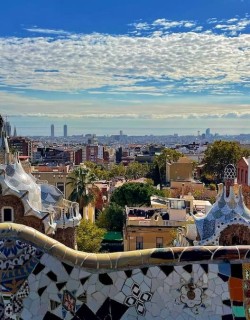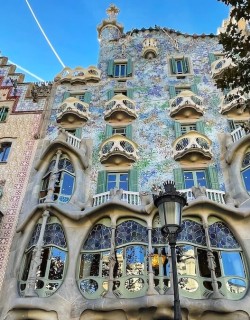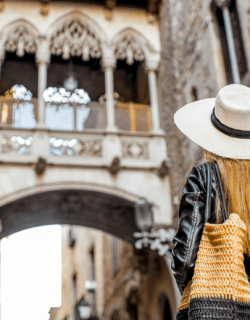Vibrant Barcelona is a city rich in culture and history, and home to an array of iconic landmarks and museums. Amongst the must-see destinations in the Catalan capital, the Picasso Museum stands near the top of the list for most visitors to the city. Dedicated to the life and work of one of the most influential artists of the 20th century, Pablo Picasso, the museum proposes a fascinating journey through the evolution of his artistic genius. In this guide, we'll explore everything you need to know to make the most of your visit to the Picasso Museum in Barcelona.
A Short History of the Museum
The Picasso Museum in Barcelona is housed in five adjoining medieval palaces in the heart of the historic El Born neighbourhood. The museum opened its doors to the public in 1963, thanks to the initiative of Picasso's lifelong friend and personal secretary, Jaime Sabartés. The collection primarily consists of works donated by Sabartés, showcasing Picasso's formative years and early artistic development.
Who Was Picasso?
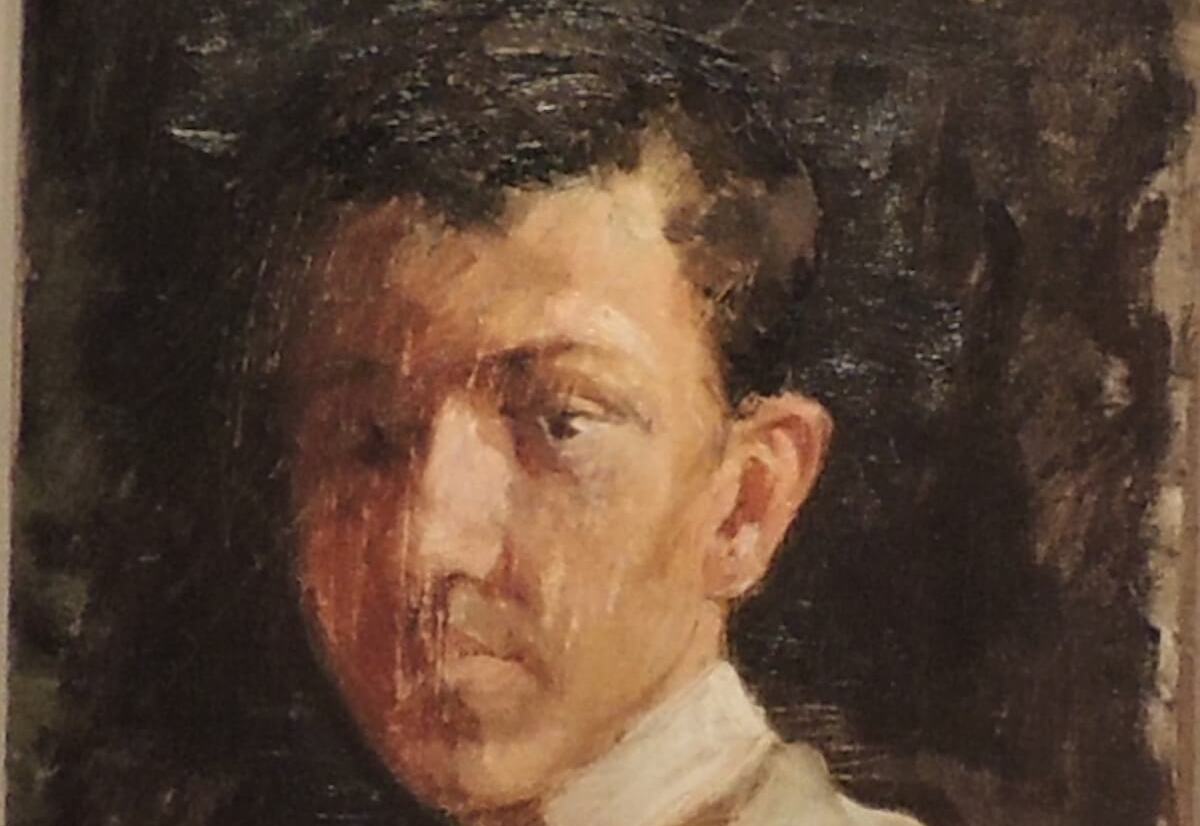
Born in 1881, Pablo Picasso was a Spanish painter, sculptor, printmaker, and one of the most influential artists of the 20th century. Over a career spanning nine tumultuous decades, Picasso’s revolutionary artistic style played a pivotal role in the development of modern art, providing groundbreaking contributions to a variety of movements including Cubism and Surrealism. Picasso's diverse body of work includes paintings, sculptures, ceramics, drawings, and prints, all of which feature in the collection of the Museu Picasso in Barcelona.
Highlights of the Collection
The Picasso Museum boasts an extensive collection of over 4,000 works by the artist, offering visitors a comprehensive overview of his prolific career. The museum is divided into sections, each of which focuses on a different aspect of the artist’s output. Some notable highlights include:
Early Works
Picasso was the definition of an early bloomer, outstripping his teachers at art school as a teenager and gaining a reputation as a formidable artist before even turning 20. Picasso’s family moved to Barcelona when the young Pablo was still a child, and the Picasso Museum is home to a series of early paintings and drawings that reveal his extraordinarily precocious talent during these formative years. Works such as his Self Portrait, painted when he was just 15, and the First Communion, painted in the same year, showcase an assurance that belies the artist’s tender years.
Blue Period
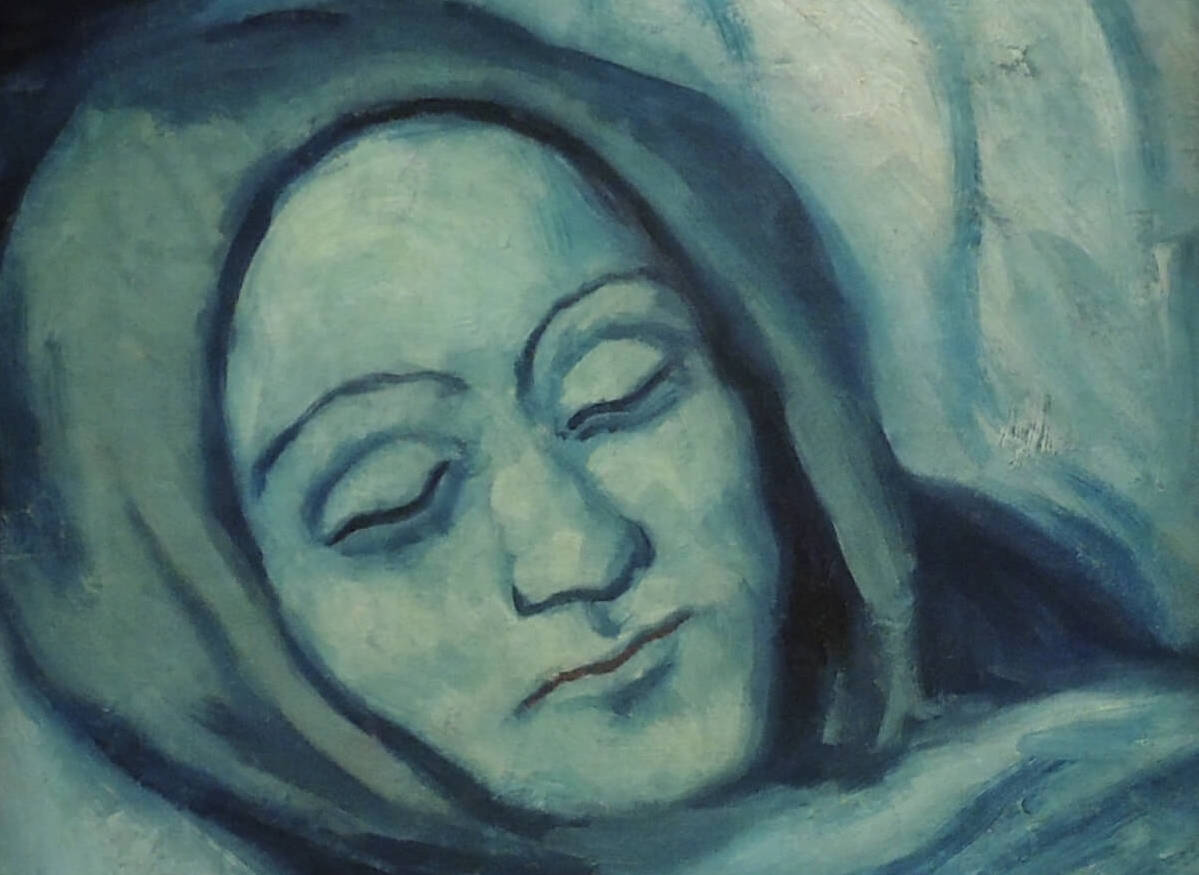
Picasso’s so-called Blue Period, when his canvasses were predominantly painted in sombre shades of blue, green and grey, lasted from approximately 1901 to 1904 and was characterized by themes of melancholy, poverty, and human suffering - reflecting Picasso's personal struggles and his response to the dire social conditions of the time. The untimely death of the artist’s dear friend Carlos Casagemas by suicide precipitated Picasso’s decision to confront subjects of suffering and marginalisation. Striking works to look out for in this section include The Dead Woman and The Blind Man.
Cubist Masterpieces

Starting around 1907, Picasso began experimenting with a revolutionary new technique known as Cubism alongside his collaborator Georges Braque. Cubism was defined by the fragmentation of figures and objects into abstracted geometric shapes in a manner that deconstructed conventional points of view, rules of perspective and the concept of form itself. Fine examples of Picasso’s evolving Cubist sensibilities in the Picasso Museum in Barcelona include a cityscape of The Passeig de Colom and the portraits of Blanquita Suárez and Jaume Sabartes.
Sculptures and Ceramics
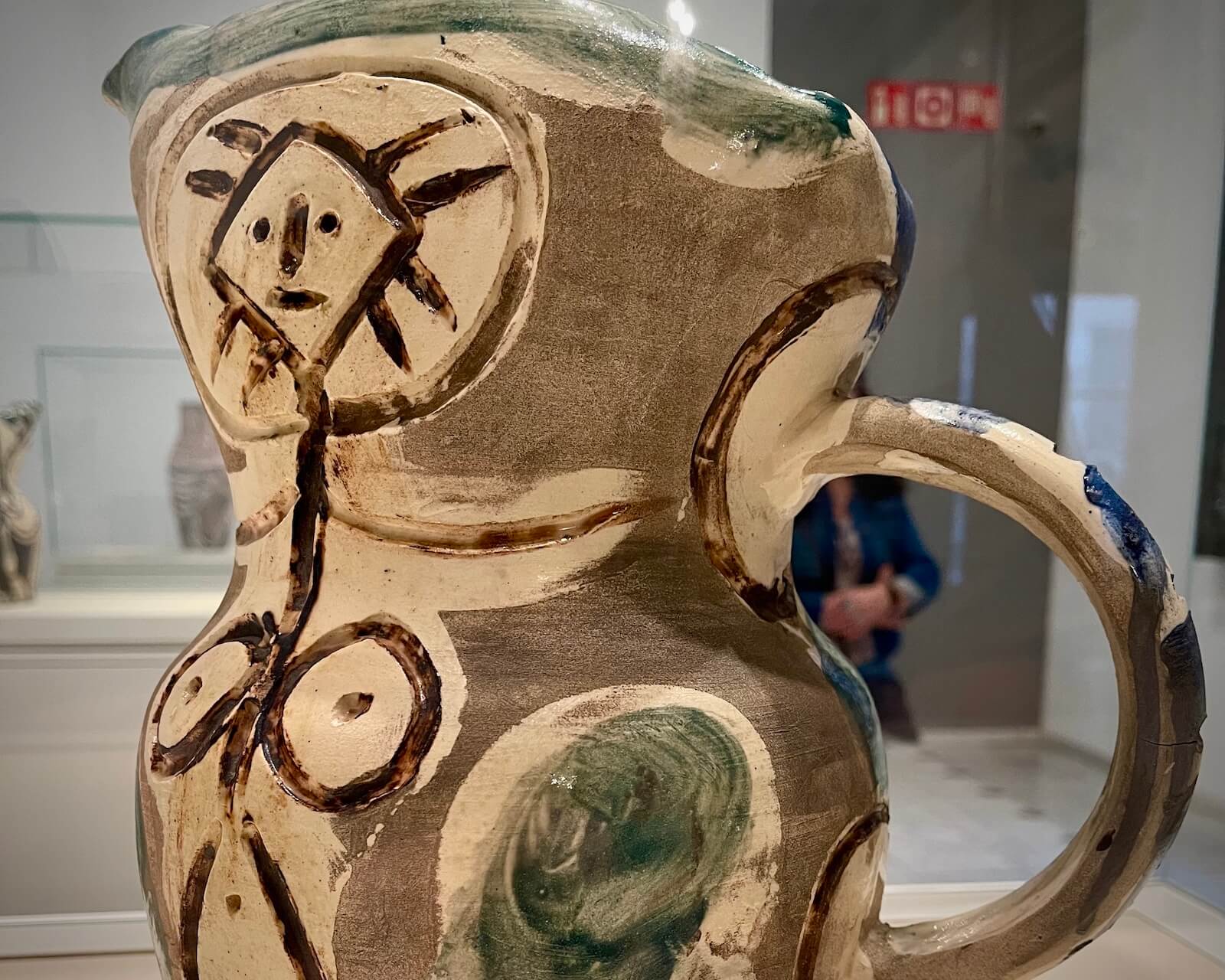
Picasso’s art was never limited to one medium, and as his career progressed he became more interested in craft forms like ceramics. Picasso's interest in ceramics was sparked during a visit to the Madoura pottery workshop in Vallauris, France, in 1946, after which he began to explore the possibilities of working with clay. Picasso’s ceramics are often highly experimental, moving far beyond the traditional confines of this practical medium. The Picasso Museum in Barcelona holds a wide range of these unconventional ceramic pieces, which brilliantly showcase the artist’s unceasing creativity.
Las Meninas Series
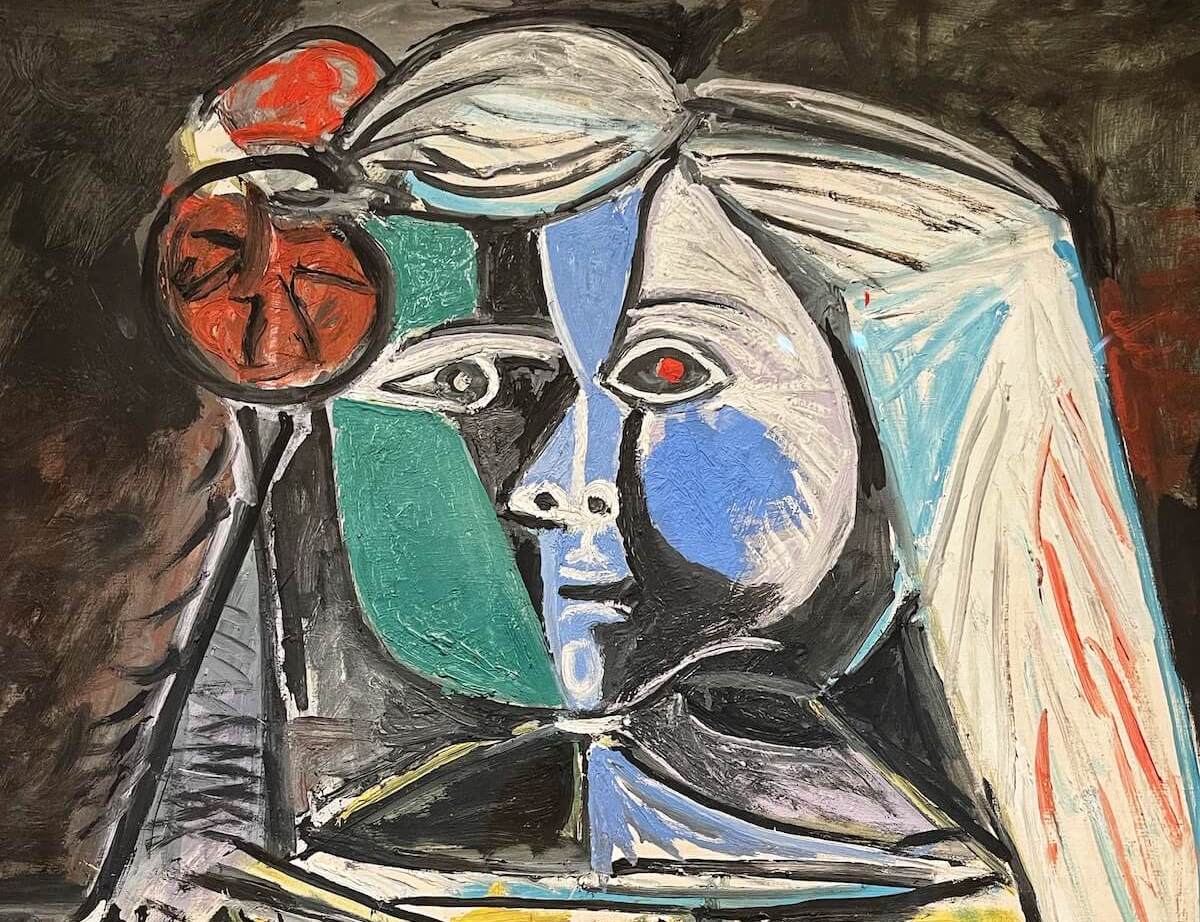
Picasso's "Las Meninas" series is a remarkable set of paintings created by the artist in 1957. The series is inspired by Diego Velázquez's famous 1656 painting "Las Meninas," which depicts the Spanish royal family in a large room, with the young Infanta Margarita Teresa surrounded by her maids of honour, courtiers, and other figures. Picasso's fascination with Velázquez's masterpiece led him to reinterpret the composition in his own unique style. In his series, Picasso deconstructs and reimagines the elements of "Las Meninas" in a series of 44 separate works that explore themes of perception, representation, and artistic influence. Occupying pride of place in a dedicated gallery, the Meninas studies are arguably the Museum’s magnificent highlight.
For a comprehensive guide to the masterpieces of the collection you need to see, check out our dedicated guide to the highlights of the Picasso Museum in Barcelona.
Location and How to Get There
Picasso Museum Barcelona is located on the Carrer Montcada, 15-23 in the historic centre of the city. The Museum is easily accessible by public transportation, including the metro. The closest metro station is Jaume I, on the L4 - Yellow Line, situated just a short walk away. Upon exiting the metro station, follow the signs for Carrer Jaume I or Carrer de l'Argenteria, which will lead you directly to the museum.
Opening Hours
- Tuesday to Sunday: 9:00 AM - 7:00 PM (until 8:00 PM from May to September). Closed on Mondays.
Admission Costs
- General Admission: €15 (€14 online)
- Reduced Admission (Under 25s and Seniors): €7.50
- Free Admission: Every first Sunday of the month, Thursdays after 4:00 PM (excluding temporary exhibitions), after 5:00 PM from May to September. Children under the age of 18 are entitled to free admission.
How to Book Tickets to the Picasso Museum
Tickets can be purchased online through the museum's official website or at the museum's ticket office. It's advisable to book in advance, especially during peak tourist seasons, as on-site queues can be long and tickets run out before closing time in high season. Time-slots for online tickets can also sell out, so plan your visit a few days ahead of time. Book your tickets to the Picasso Museum via the official website here.
Guided tours of the Picasso Museum
If you want to take the stress out of organising your visit, then a guided tour of the Picasso Museum can be an excellent option. Through Eternity Tours offer private itineraries to uncover the collection led by expert local guides, enabling you to understand Picasso’s art in context. An additional advantage of booking a tour of the Picasso Museum is that you don’t have to worry about booking your tickets to the museum - skip-the-line access is included in the price of the tour.
Through Eternity Tours offer a variety of expert-led itineraries in the Catalan capital, where we explore everything from the modern architecture of Gaudí and his contemporaries to Barcelona’s Gothic quarter, tapas tours and much more. To discover our full range of Barcelona tours, check out Through Eternity’s Barcelona website here.

